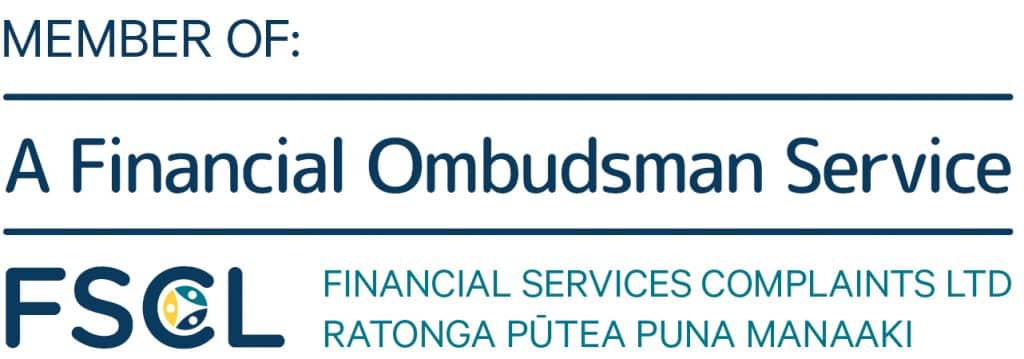By Evan Spicer
Director of Cryptocurrency Investigations
MyChargeBack
It was supposed to be a game-changing deal and speculation dominated the headlines for 24 hours. However, in just over a day, the excitement over the FTX-Binance deal was over – Binance announced it would back out of its proposal to buy competitor FTX.
Why did news of this potential buyout generate so much enthusiasm? Why did Binance back out? Apparently, it seems that FTX – one of the world’s top crypto exchanges – was basically running a flywheel crypto scam. What will this story mean for the crypto market in general?
How the Binance-FTX Deal Began
Binance is the world’s largest crypto exchange and FTX was one of the largest. In fact, Binance was an early investor in FTX. Sam Bankman-Fried, the 30-year-old crypto entrepreneur behind the Bahama-based FTX, founded other crypto ventures, including Alameda Research, a quant fund.
However, FTX was beginning to falter because it seemed to have a liquidity problem. Binance was prepared to come to the rescue. Binance, owned by Chinese billionaire Changpeng Zhao, decided to purchase the ailing competitor. Binance executives would find out just 24 hours later that FTX was a glorified crypto scam through illicit flywheel activities. The FTX-Binance deal was doomed.
The agreement was just a proposal and non-binding, which was good news for Binance, which backed out of the deal when it discovered the reason behind FTX’s liquidity woes. Of course, FTX’s problems would reflect on Binance if the merger went forward, and FTX’s activities would appear to be Binance scams.
It didn’t take much digging for Binance to discover that FTX was being investigated by the SEC.
Binance publicly announced the deal was being halted on Twitter, as reported by NBC. Binance tweeted, “As a result of corporate due diligence, as well as the latest news reports regarding mishandled customer funds and alleged US agency investigations, we have decided that we will not pursue the potential acquisition of FTX.com.”
What Was the Problem with FTX?
It seems that the SEC was getting to the bottom of FTX’s liquidity problems. At the root of it was a flywheel crypto scam. Sam Bankman-Fried was using the money from one crypto company to fund another. This is similar to a Ponzi scheme, a dodgy setup used by Bernie Madoff.
In a Ponzi scheme, money from client accounts isn’t used for trading. Instead, money from deposits fund withdrawals. Sam Bankman-Fried was doing something similar, but he was circulating money between his two companies – FTX and Alameda Research. This is the essence of a flywheel crypto scam.
Bankman-Fried was using FTX customer deposits to fund returns for its Alameda Research clients. This was confirmed when regulators discovered that Alameda had an extremely large amount of FTT tokens, which proved that one business was funding the other.
Binance discovered this doing due corporate diligence and not only backed out of the Binance-FTX deal but sold its huge position in FTT tokens. Others, sensing something was afoot with FTX, sold theirs, and in just a matter of days, FTX had to fund $6 billion in withdrawals.
Since FTX didn’t have this money in the first place, because it was just shuffling funds around from one operation to the other, it announced it would file for Chapter 11 bankruptcy. There is word that FTX is looking for other buyers who can pay off its customers and clients and bail it out, but what company wants to get involved with a bitcoin scam?
On the news of this debacle, cryptocurrency prices took a nosedive, and Bitcoin reached its lowest level in two years.
What Does the Collapse of the Binance-FTX Deal Mean for Crypto Users?
This story about the failed Binance-FTX deal and the unraveling of FTX is a stark cautionary tale. One of the most sobering aspects of the story is that one of the largest crypto platforms, one that was regarded as legitimate, turned out to be running a crypto scam in the form of a Ponzi or a flywheel scheme.
This news story may shake confidence in crypto, which was evidenced by the rapid fall in crypto prices on the news.
However, a silver lining to this FTX and Binance saga is that, sooner or later, regulators tend to catch up with crypto scams, large and small. Increasingly, crypto businesses and platforms realize they can’t get away with just anything anymore.
The SEC and other regulators are there to investigate them and may put them out of business if they are behaving fraudulently. Binance might have gotten cold feet about buying FTX, but the truth is that there are also scams using Binance wallets that the platform has to deal with because if not, they are likely to be penalized by regulators, including the SEC.
The more these stories come to light, the greater the pressure for oversight and accountability. That is good news for customers who are worried about Binance scams and bitcoin scams.
What Can You Do About Crypto Scams?
Before opening an account or using crypto on a platform, do your due diligence and ensure it is licensed and legitimate. Find out if there are investigations or major complaints about the platform.
If you lose money to a crypto scam, work with experts who will investigate your case and help you create a claim that will get the attention of regulators and law enforcement.
Need Bitcoin Recovery? Talk to MyChargeBack Experts Today!
If you have lost money to financial fraud, talk to the MyChargeBack team. Our crypto investigations will provide evidence to bolster your claim and get you started with fund recovery.
MyChargeBack has developed working relationships with law enforcement agencies worldwide, has extensive knowledge and experience with crypto tracking, and can improve your prospects of getting your funds back






